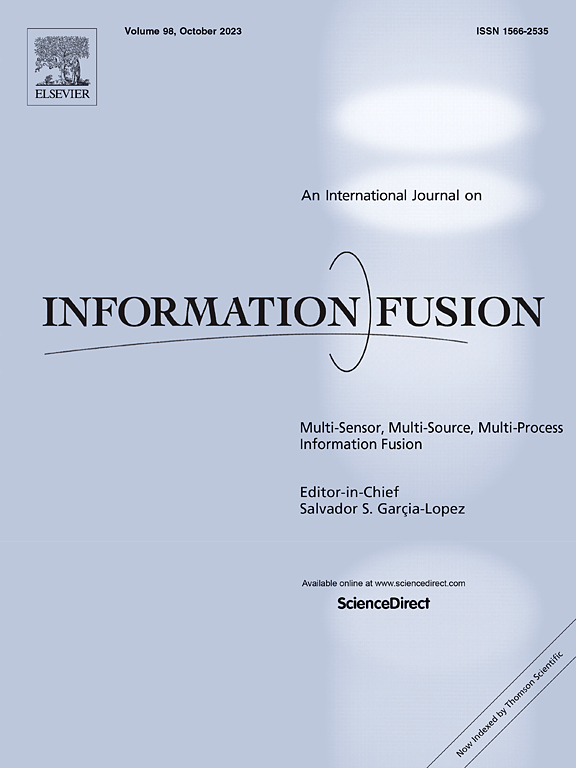M2WLLM: Multi-modal multi-task ultra-short-term wind power prediction algorithm based on large language model
IF 15.5
1区 计算机科学
Q1 COMPUTER SCIENCE, ARTIFICIAL INTELLIGENCE
引用次数: 0
Abstract
The integration of wind energy into power grids necessitates accurate ultra-short-term wind power forecasting to ensure grid stability and optimize resource allocation. This study introduces M2WLLM, an innovative model that leverages the capabilities of Large Language Models (LLMs) for predicting wind power output at granular time intervals. M2WLLM overcomes the limitations of traditional and deep learning methods by seamlessly integrating textual information and temporal numerical data, significantly improving wind power forecasting accuracy through multi-modal data. Its architecture features a Prompt Embedder and a Data Embedder, enabling an effective fusion of textual prompts and numerical inputs within the LLMs framework. The Semantic Augmenter within the Data Embedder translates temporal data into a format that the LLMs can comprehend, enabling it to extract latent features and improve prediction accuracy. The empirical evaluations conducted on wind farm data from three Chinese provinces demonstrate that M2WLLM consistently outperforms existing methods, such as Generative Pre-trained Transforme for Time Series (GPT4TS), across various datasets and prediction horizons. The results highlight LLMs’ ability to enhance accuracy and robustness in ultra-short-term forecasting and showcase their strong few-shot learning capabilities.
M2WLLM:基于大语言模型的多模态多任务超短期风电预测算法
风电并网需要准确的超短期风电预测,以保证电网稳定,优化资源配置。本研究介绍了M2WLLM,这是一种利用大语言模型(llm)的功能来预测粒度时间间隔风电输出的创新模型。M2WLLM克服了传统和深度学习方法的局限性,将文本信息与时态数值数据无缝集成,显著提高了多模态数据的风电预测精度。它的架构具有提示嵌入器和数据嵌入器,可以在llm框架内有效地融合文本提示和数字输入。数据嵌入器中的语义增强器将时间数据转换为llm可以理解的格式,使其能够提取潜在特征并提高预测精度。对来自中国三个省份的风电场数据进行的实证评估表明,M2WLLM在各种数据集和预测范围内始终优于现有方法,如生成预训练时间序列变换(GPT4TS)。结果表明llm在超短期预测中提高了准确性和鲁棒性,并展示了其强大的少次学习能力。
本文章由计算机程序翻译,如有差异,请以英文原文为准。
求助全文
约1分钟内获得全文
求助全文
来源期刊

Information Fusion
工程技术-计算机:理论方法
CiteScore
33.20
自引率
4.30%
发文量
161
审稿时长
7.9 months
期刊介绍:
Information Fusion serves as a central platform for showcasing advancements in multi-sensor, multi-source, multi-process information fusion, fostering collaboration among diverse disciplines driving its progress. It is the leading outlet for sharing research and development in this field, focusing on architectures, algorithms, and applications. Papers dealing with fundamental theoretical analyses as well as those demonstrating their application to real-world problems will be welcome.
 求助内容:
求助内容: 应助结果提醒方式:
应助结果提醒方式:


